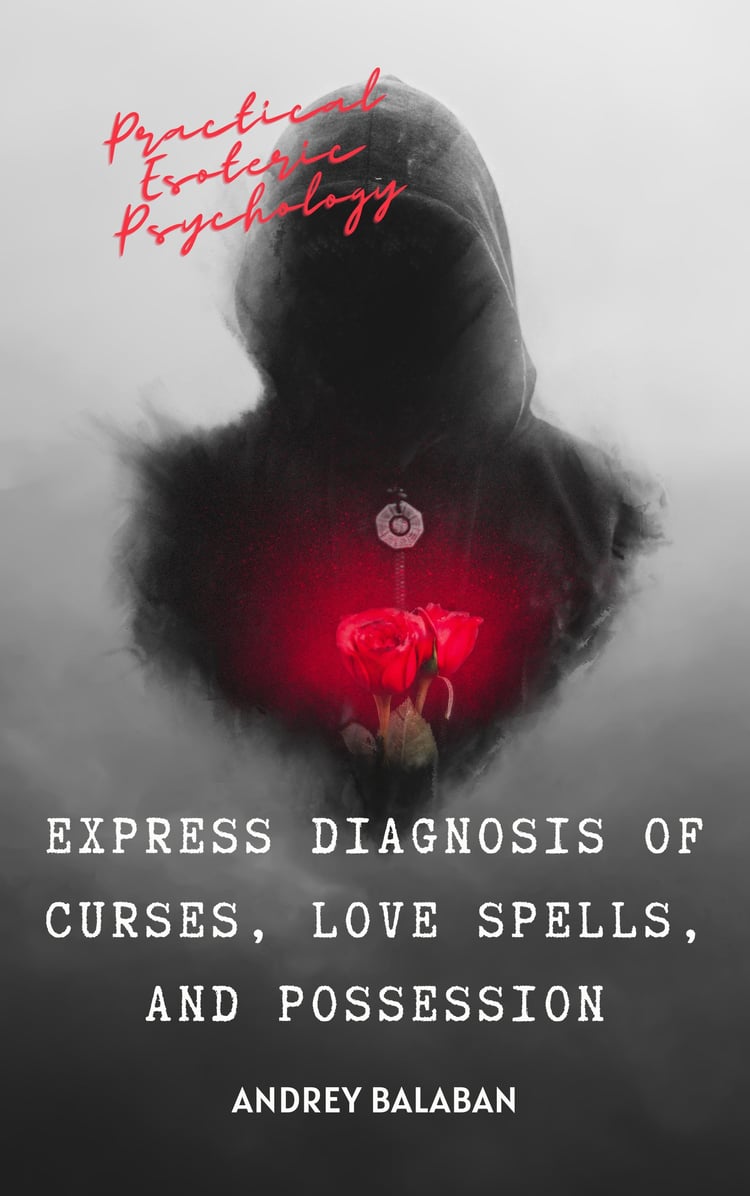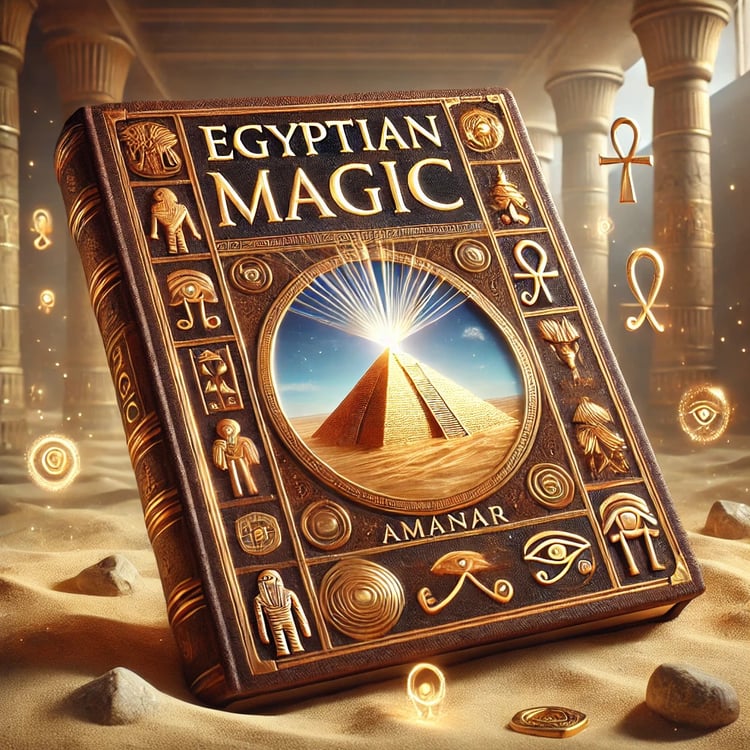
Amanar “ Ukraine Magic”
Preface
Throughout history, Ukraine has been a cradle of mystical traditions and spiritual practices rooted in the ancient lands of Kyivan Rus. Unlike many parts of Europe, Ukraine was never subjected to the oppressive machinery of the Inquisition, which sought to suppress magical and spiritual practices in other regions. This unique historical circumstance allowed Ukrainian magic to flourish relatively uninterrupted, preserving its ancient rites, powerful spells, and spiritual wisdom through generations.
Ukrainian magic is among the most potent and multifaceted systems in the world, yet it remains largely unknown outside the region. This obscurity is not due to a lack of power or significance but rather the result of centuries of historical upheavals. Foreign invasions, political repressions, and the deliberate erasure of Ukrainian culture under imperial regimes have all contributed to the global neglect of this rich esoteric heritage.
However, those who delve into Ukrainian magic will discover a system deeply connected to the forces of nature, the cycles of life and death, and the interplay between the mortal and the divine. Ukrainian magic stands out for its balance between light and shadow, embodying an intricate duality that embraces both healing and protection, as well as cursing and binding.
The witches of Kyivan Rus, or viduny (wise ones), were revered figures in their communities. They acted as healers, diviners, and intermediaries between the human and spiritual worlds. Unlike the stereotypical image of witches persecuted elsewhere, the viduny were often respected for their knowledge of herbs, their ability to commune with spirits, and their understanding of the natural order.
These practitioners drew their power from the fertile land of Ukraine, often regarded as sacred. The lush forests, flowing rivers, and fertile fields were not only physical resources but also spiritual reservoirs teeming with energy. The witches channeled these energies in their rituals, crafting spells and potions imbued with the essence of the land itself.
Before the Christianization of Kyivan Rus in 988 CE, the people worshipped a pantheon of Slavic deities, each embodying various aspects of life and nature. These gods and goddesses formed the spiritual backbone of the early Slavic tribes, and their influence permeated the magical practices of the time.
Among the most prominent deities were:
Perun: The god of thunder and war, often depicted with a mighty axe. Perun was invoked for protection and victory in battle.
Dazhbog: The sun god, associated with prosperity, warmth, and life-giving energy.
Mokosh: The goddess of fertility, earth, and women, revered for her connection to the cycles of life and death.
Veles: The god of the underworld, cattle, and wealth, often called upon for guidance in dealing with spirits and ancestors.
These deities were not distant figures but active participants in the daily lives of the people, their presence invoked in rituals, festivals, and magical workings.
In addition to its rich pantheon of gods, Kyivan Rus also had a complex demonology. Spirits known as "navky" (restless souls), "leshyi" (forest spirits), and "vodianyk" (water spirits) played significant roles in folklore and magical practices. These entities were not always malevolent; they could be allies or adversaries, depending on how they were approached and treated.
For example, a leshyi might guard a forest, ensuring no harm came to its sacred groves, while a vodianyk might bless or curse those who interacted with its waters. Magicians and witches often worked with these spirits, offering sacrifices or performing rituals to gain their favor or protect against their wrath.
The survival of Ukrainian magic is a testament to the resilience and ingenuity of the Ukrainian people. Despite centuries of colonization, forced assimilation, and cultural suppression, these ancient practices have persisted, passed down through oral tradition and encoded in folklore. Ukrainian magic is not merely a relic of the past but a living, breathing tradition that continues to evolve while remaining deeply rooted in its origins.
In this book, we will explore the forgotten wisdom of Ukrainian magic, uncover the secrets of its spells, rituals, and deities, and delve into the lives of the witches and magicians who kept this tradition alive. From the sacred groves of the Carpathian Mountains to the windswept steppes of the Dnieper River, Ukrainian magic calls us to remember, to honor, and to reclaim the mystical heritage of Kyivan Rus.
Chapter 1: Introduction to Ukrainian Magic
The history of Ukrainian magic: Kyivan Rus, pre-Christian beliefs, and the Christianization era.
The role of nature, land, and spirits in magical practices.
The uniqueness of Ukrainian magic compared to other mystical systems.
The societal role of witches and magicians in Ukrainian culture.
Chapter 2: The Pantheon of Kyivan Rus
Key gods and their roles:
Perun – protection and strength.
Dazhbog – prosperity and solar energy.
Mokosh – fertility and women’s magic.
Veles – the underworld and wealth.
Invoking the gods’ assistance in modern rituals.
Specific rituals:
For home protection (with Perun).
For fertility and abundance (with Veles and Mokosh).
For health and success (with Dazhbog).
Chapter 3: Demons and Spirits in Ukrainian Magic
Navky, Leshyi, Vodianyk, and Domovyk: their roles and interactions.
Spells to gain the favor of spirits.
Protecting oneself from malevolent entities:
A ritual with salt and fire.
Talismans against Navky and forest spirits.
Chapter 4: Rituals for Love and Marriage
Spells and ceremonies to attract love.
A ritual for binding love (using herbs and symbols).
A ritual for strengthening marriage.
Creating a personal talisman for a happy relationship.
Chapter 5: Rituals for Health and Longevity
Herbal infusions and spells for strengthening health.
A healing ritual (with Mokosh's blessing).
How to extend life by connecting with natural forces.
Chapter 6: Rituals for Conception and Successful Pregnancy
A ritual to aid conception (calling upon fertility gods).
Spells for protecting mother and child during pregnancy.
Traditions and rituals for ensuring safe childbirth.
Chapter 7: Rituals for Luck and Wealth
Rituals to attract good fortune.
Ceremonies for financial prosperity.
Spells for preserving and multiplying wealth.
Chapter 8: Dark Magic: Curses and Banishments
Protective rituals against enemies.
Spells for casting curses.
Rituals for banishing evil spirits and breaking curses.
Chapter 9: Seasonal and Festive Ceremonies
Conducting magical rituals during solstices and equinoxes.
Special rituals for Ivan Kupala Night.
Harvest and autumnal equinox ceremonies.
Chapter 10: Ukrainian Magic Today
Modern applications of ancient practices.
Adapting old rituals to contemporary life.
Ethical use of magic in today’s world.
Amanar










